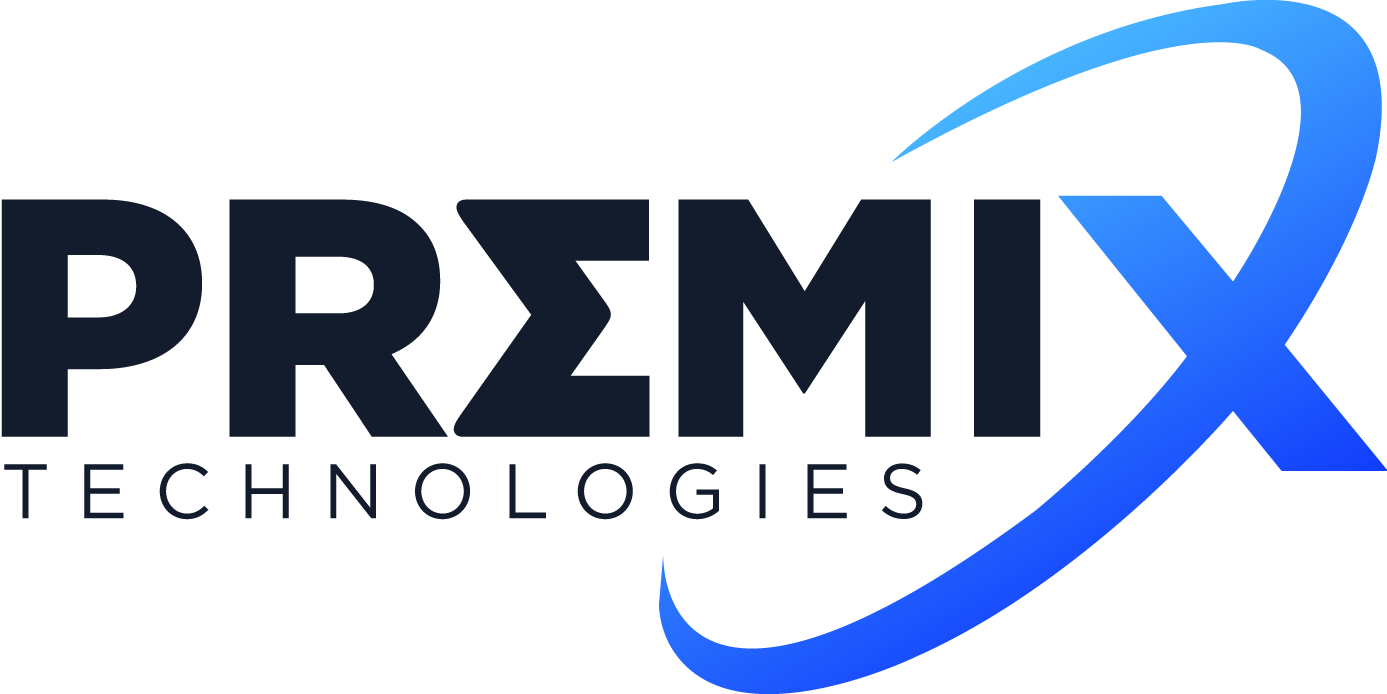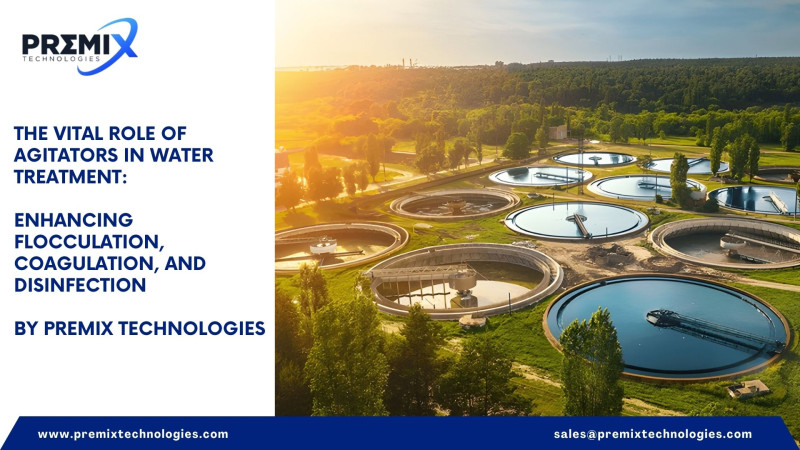The Vital Role of Agitators in Water Treatment: Enhancing Flocculation, Coagulation, and Disinfection
In the water treatment industry, ensuring clean, safe water for communities is paramount. The process of treating water involves several key steps, including flocculation, coagulation, and disinfection. Each of these steps requires precise mixing to be effective, and that's where agitators come into play. These devices are crucial for optimizing chemical reactions and ensuring that water treatment processes are efficient and reliable.
This blog will delve into the essential role of agitators in water treatment, focusing on their application in flocculation, coagulation, and disinfection. We’ll explore the specific processes involved, the chemicals used, and how the right agitator can significantly enhance the quality of treated water.
1. Flocculation: Promoting Particle Aggregation for Effective Sedimentation
Process: Flocculation
Chemicals: Polymers (e.g., Polyacrylamide), Coagulants (e.g., Aluminum Sulfate)
Agitator Type: Paddle Agitators
Flocculation is a critical step in water treatment where small particles suspended in water are aggregated into larger clumps, known as flocs, making them easier to remove. This process often follows coagulation and is essential for effective sedimentation and filtration.
Paddle agitators are widely used in flocculation tanks to ensure gentle mixing. These agitators provide low-shear stirring, which allows the flocs to grow in size without breaking apart. The slow, controlled motion of paddle agitators ensures that the flocs are formed uniformly, leading to more efficient sedimentation and clearer water.
The use of polymers and coagulants like aluminum sulfate enhances the flocculation process by binding particles together. By optimizing the mixing with the right agitator, water treatment facilities can achieve higher removal rates of suspended solids, improving the overall quality of treated water.
2. Coagulation: Initiating Particle Aggregation for Flocculation
Process: Coagulation
Chemicals: Coagulants (e.g., Ferric Chloride, Aluminum Sulfate)
Agitator Type: Turbine Agitators
Coagulation is the first step in many water treatment processes, where coagulants are added to water to neutralize the charges of suspended particles, causing them to aggregate. This step is crucial as it prepares the water for subsequent flocculation and sedimentation.
Turbine agitators are ideal for the coagulation process, as they provide the necessary turbulence to disperse coagulants evenly throughout the water. This ensures that all suspended particles are exposed to the coagulants, maximizing the efficiency of particle aggregation.
By using turbine agitators, water treatment plants can achieve rapid and uniform mixing of coagulants, leading to more effective coagulation. This improves the efficiency of subsequent flocculation and sedimentation processes, ultimately resulting in cleaner water.
3. Disinfection: Ensuring Effective Contact Between Disinfectants and Pathogens
Process: Disinfection
Chemicals: Chlorine, Ozone, UV Light
Agitator Type: High-Speed Mixers or Submersible Agitators
Disinfection is the final step in the water treatment process, where pathogens and harmful microorganisms are eliminated to make the water safe for consumption. Effective disinfection requires thorough mixing to ensure that disinfectants like chlorine or ozone come into contact with all areas of the water.
High-speed mixers or submersible agitators are often used during disinfection to provide rapid and thorough mixing. These agitators ensure that disinfectants are evenly distributed throughout the water, maximizing contact with pathogens and ensuring their elimination.
In cases where UV light is used for disinfection, submersible agitators help maintain water flow, ensuring that all water passes through the UV light field, where harmful microorganisms are inactivated.
By optimizing the disinfection process with the right agitator, water treatment facilities can ensure that treated water is free of harmful pathogens, providing safe drinking water to communities.
Conclusion
Agitators are indispensable in water treatment, playing a crucial role in processes like flocculation, coagulation, and disinfection. By selecting the appropriate agitator for each stage of the treatment process, water treatment facilities can optimize chemical reactions, improve water quality, and ensure the safety of the water supply.
From promoting particle aggregation in flocculation to ensuring effective disinfection, the right agitation technology is key to achieving reliable and efficient water treatment. Investing in advanced agitators not only enhances water quality but also helps facilities meet regulatory standards and protect public health.
Inquiry Now on www.premixtechnologies.com


